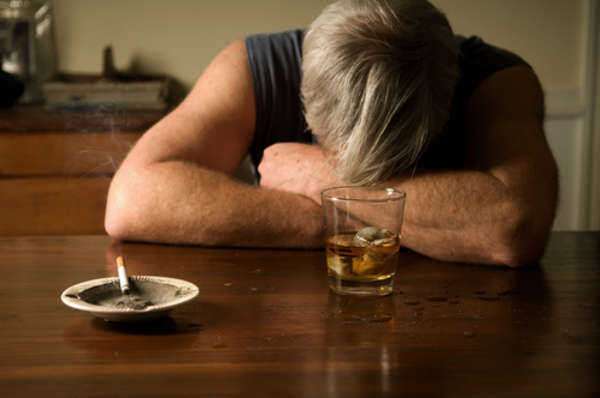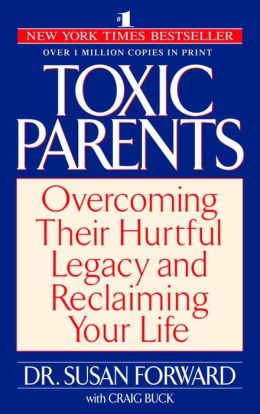Borderline personality disorder is a condition that affects both men and women, although it is more prevalent in women. Individuals with borderline personality disorder display long-term patterns of behavior that is considered unstable and significantly interferes with their ability to maintain relationships with others. They are often impulsive, irrational and quick to anger.
Definition
Borderline personality disorder, also known as BPD, is a condition that affects an individual’s ability to maintain normal functioning relationship with other people. The condition causes turbulent emotions and patterns of unstable behavior that persist for long periods of time. Borderline personality disorder is marked by impulsive behaviors that result in an unstable pattern of interaction between the individual suffering from the condition and others in his or her life. The pattern occurs in all aspects of the individual’s life; at home, work, with friends, among family members and in personal relationships.
Individuals who suffer from BPD often have a low self-esteem, a high level of insecurity and are generally uncertain about their own personal identity. This often results in them having rapidly changing values, interests and feelings towards others.
Individuals with BPD have a difficult time looking at situations with an open mind. They generally have extreme viewpoints in which there is no grey area; everything is clearly black or white. Their opinions of and feelings towards others changes rapidly, one day expressing the highest praise of an individual and the next day spewing words of anger and contempt. This is especially true of their relationship with a significant other.
Many individuals with borderline personality disorder have a very difficult time staying in loving relationships because of their extreme behaviors. One day they may hold their loved one on the highest pedestal while they profess their undying love, the nest day they spend every free minute of the day criticizing, cursing, pointing blame and showing anger. Because of these rapidly shifting emotions, their relationships are usually rocky and intense.
Common symptoms seen in individuals suffering from BPD include:
- Frequent displays of anger
- Difficulty controlling anger
- Engaging in physical confrontations
- Impulsiveness
- Never wanting to be left alone
- Unstable self-image
- Emotional instability
- Irritability
- Anxiety
- Quickly switching opinions of others
- Extreme opinions
- Sudden and dramatic change in their opinions of others
Many individuals with borderline personality disorder often display extreme behaviors such as:
- Binge Eating
- Shoplifting
- Self-injury
- Overdosing
- Suicidal behavior or threats
Individuals with this condition frequently change their goals and aspirations. They may experience multiple career changes, may go through friends quickly, or change their sexual orientation often.
Causes
There is no known cause identified for borderline personality disorder. Genetic, social, biological, family, psychological and environmental factors are all possible causes for the development of the condition. Because the condition is present in more women than men, there has been some speculation that hormonal factors may be at play.
To date, no studies have been able to clearly identify a link between hormones and the development of BPD. More research needs to be conducted on the subject. There are some risks factors that may put people at risk for the condition, including:
- Being abandoned as a child or teenager
- Coming from a severely dysfunctional family
- Having normal childhood disrupted
- Lack of or limited communication among family as a child
- Being a victim of sexual abuse as a child
Borderline personality disorder commonly occurs in individuals who are patients in psychiatric hospitals. People who suffer from the condition have a slightly greater risk of passing the condition onto their children.
Diagnostic Testing
There are no specific medical tests that can diagnose the condition. A psychological evaluation conducted by a trained mental health specialist is required to diagnose borderline personality disorder. A licensed psychologist or psychiatrist will evaluate the individual and inquire about life history and presenting symptoms.
Treatment Options
The most common treatment options for BPD are psychotherapy and medication. Psychotherapy in the form of counseling, or talk therapy, is often highly successful in treating the condition. Some individuals will gain additional benefits from participating in a group therapy or group counseling session.
Psychiatrists may prescribe medications to help reduce mood swings, alleviate depression and control erratic behaviors. Both psychotherapy and medication require long-term treatment methods.
Many times, a combination of individual counseling, group therapy and medication is used to achieve maximum results. Medication is generally used as a last resort if psychotherapy is not effective, or in individuals who suffer from severe symptoms.
Considerations
Borderline personality disorder is a serious condition that can have detrimental effects on all areas of an individual’s life. The condition can significantly interfere with a person’s ability to maintain normal relationships with others. If left untreated, BPD can result in depression, drug use and suicidal thoughts or tendencies.
Speak with your health care provider immediately if you believe you or a loved one may be suffering from borderline personality disorder. Effective treatment options are available to help with the condition.
















